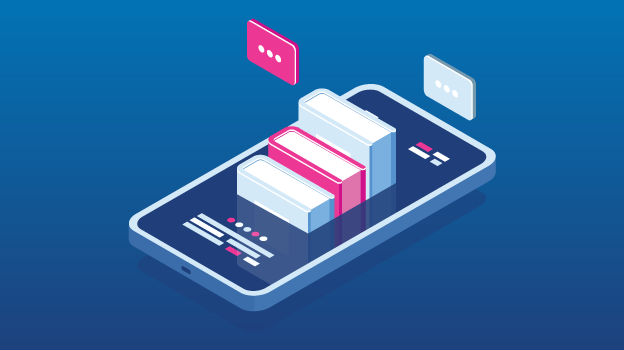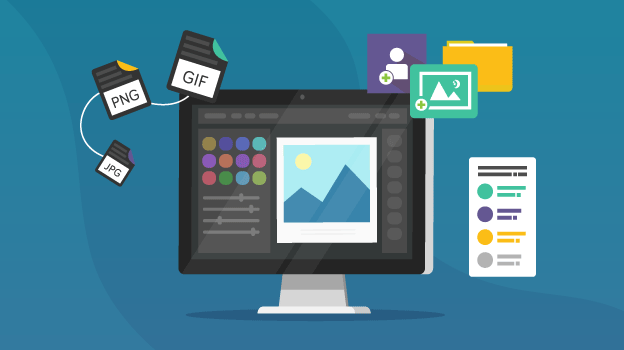
6 Examples of classroom tech that improves education
Technology in the classroom has come a long way, yet ninety-two percent of teachers say they would like to use more technology in their lessons than they already do*. That’s because it’s usually easier to stick with the same tools, even if they no longer serve the educational process just as well as they used to.
The solution? Schools need to find a balance between traditional instruction and incorporating technology in the classroom. They also need to find what works best for their infrastructure, teaching methods, and capacity to train staff in using edtech. Here are some examples of tech that actually improves education overall:
-
Tablets
Using handheld devices as digital textbooks can enable students to have greater interaction with the material through mixed media. They can also save money over the cost of printed books and access their school LMS anytime and anywhere, making it the perfect solution for students.
-
Video conferencing
Video conferencing offers a wide range of opportunities, from teaching a class while being out of town to organizing meetings with parents in lieu of face to face meetings. This is an effective way for learners to collaborate across large distances.
-
Smartboards
Interactive, connected display boards can take the place of whiteboards in most classroom environments. This type of board offers a much better and more interactive experience for students. They are used to display videos and photos alongside hand-written notes to create a multimedia approach for presenting the material.
-
Augmented Reality (AR)
AR devices allow students to experience their lessons as if they were right in front of them. For example, medical students can see a 3D model of anatomy and interact with it in a virtual environment. AR will surely become a staple in classrooms in the future, as everyone can benefit from an interactive learning experience.
-
Cloud servers
The cloud eliminates the need for the traditional computer lab or expansive library facilities. Not to mention the fact that schools save a lot of money by ditching on-premises servers, which are expensive and require more personnel to run. Instead, they have more time to focus on professional development for teachers.
-
3D printing
This technology has the potential to change the way students learn about engineering, giving them the opportunity to design and produce prototypes easily. It can also be used to create accurate 3D models for science classes or art projects.
*www.fractuslearning.com/edtech-stats/
Visit our Blog for insightful posts on edtech for K-12 and Higher Ed.







